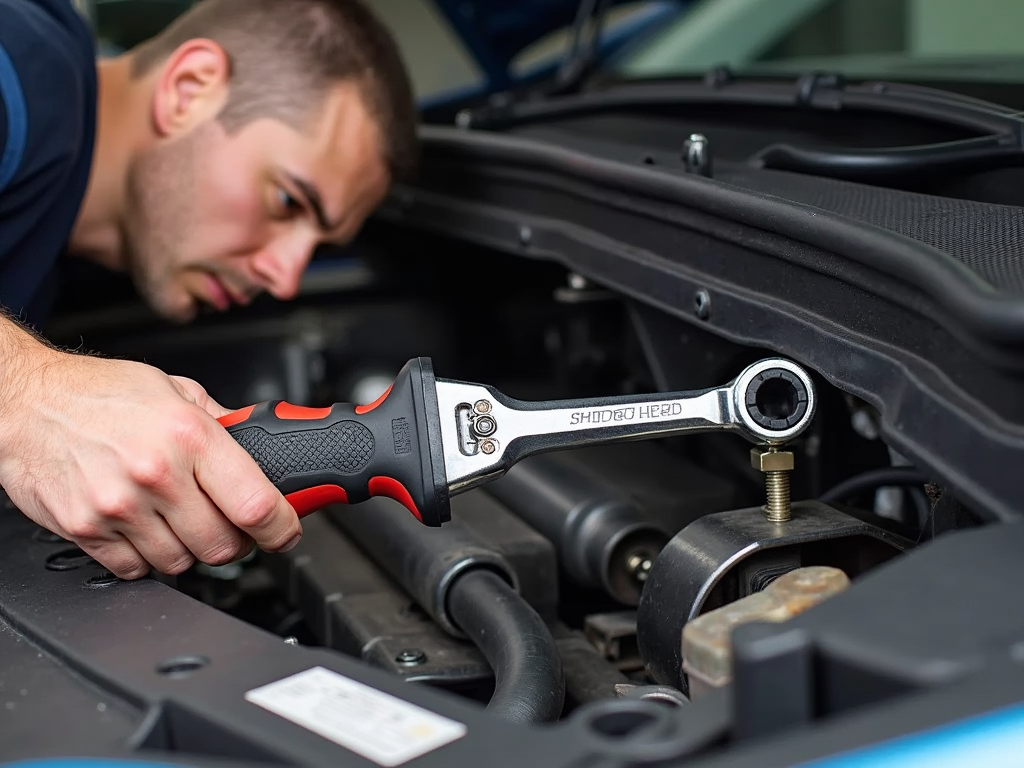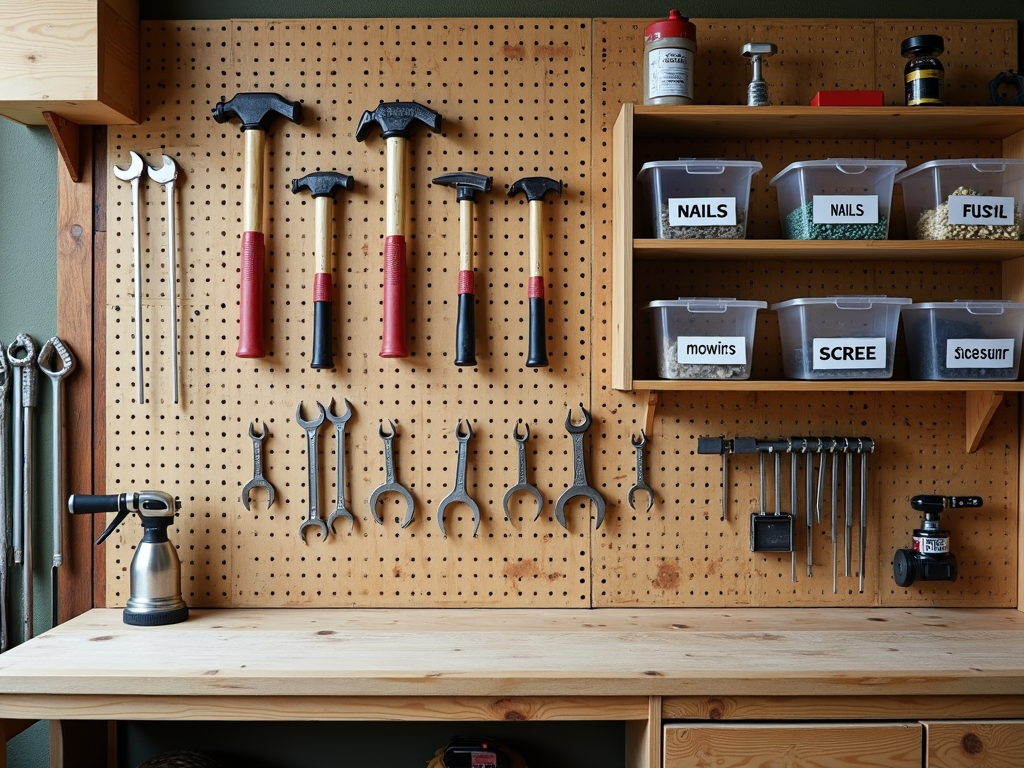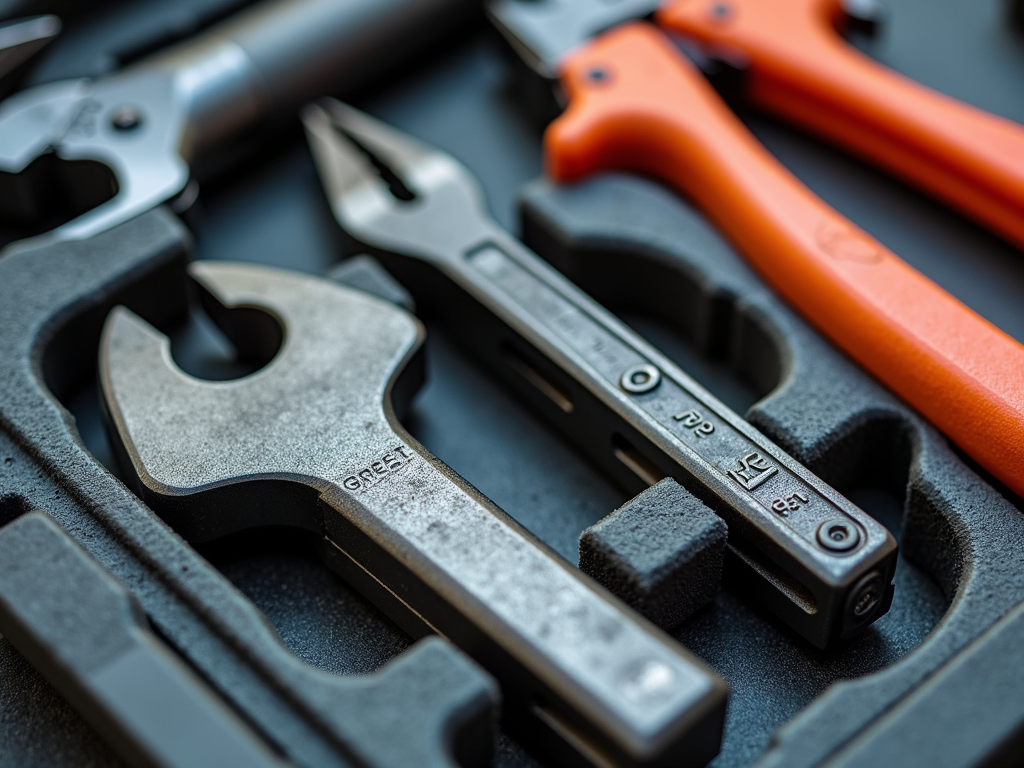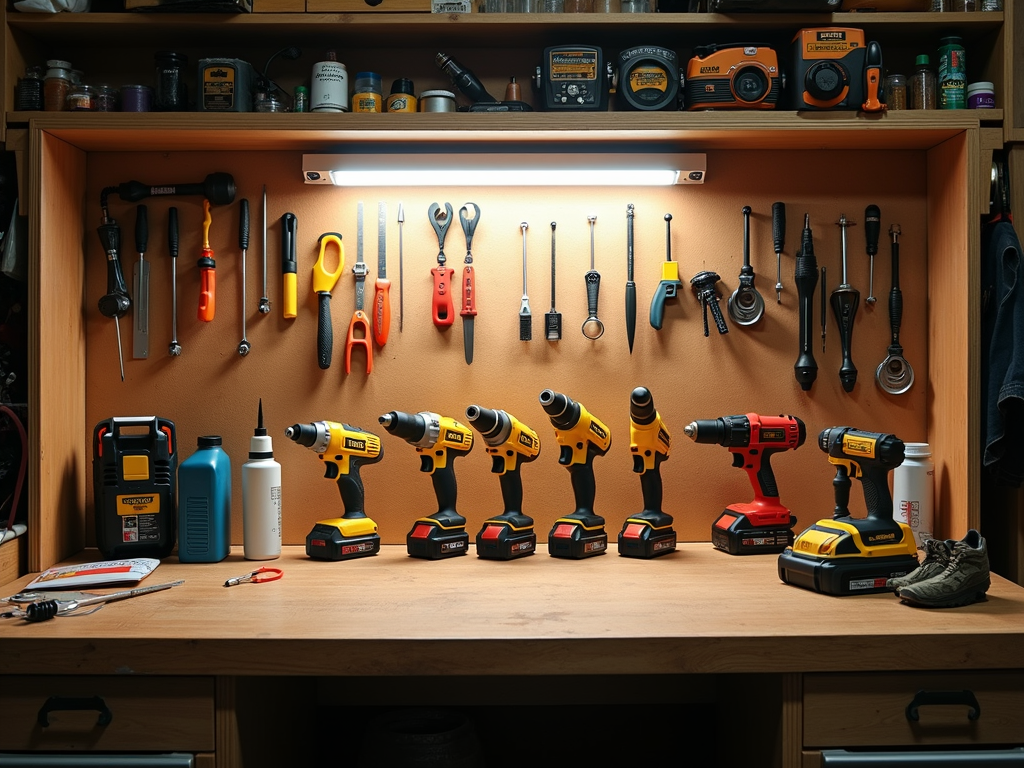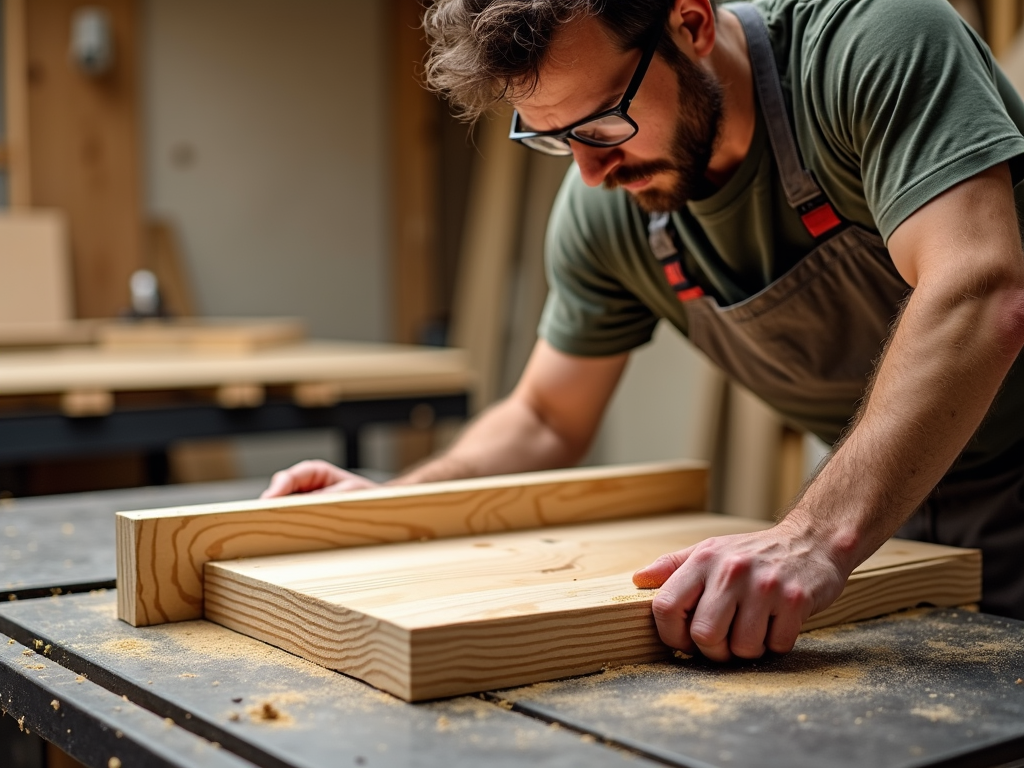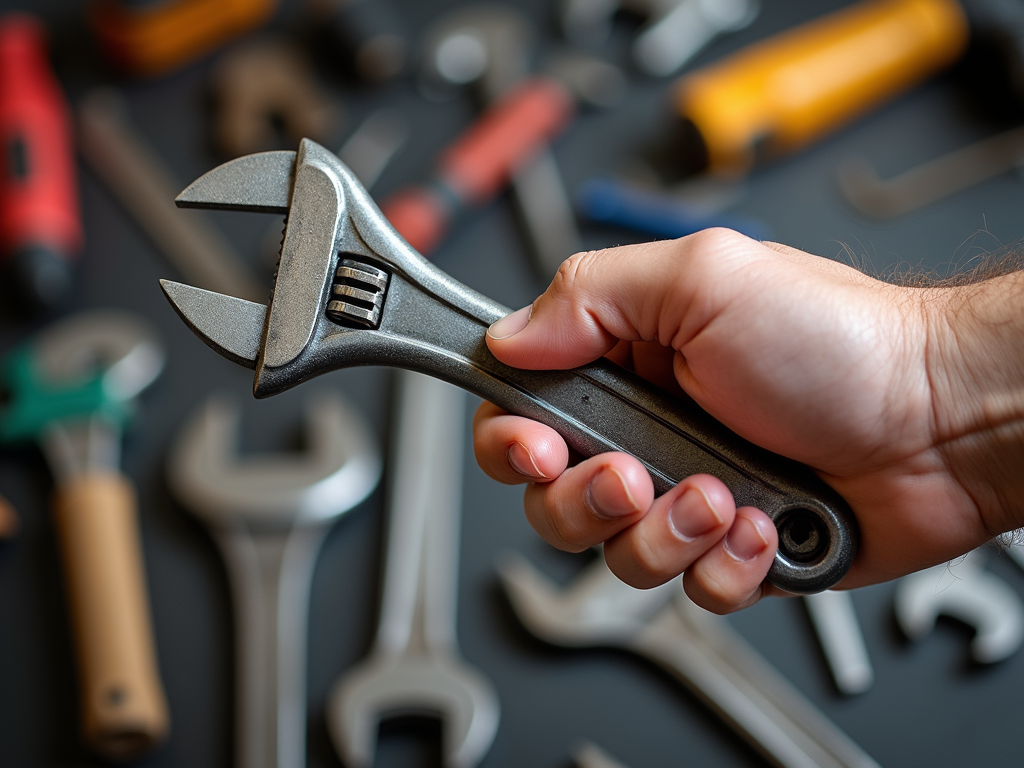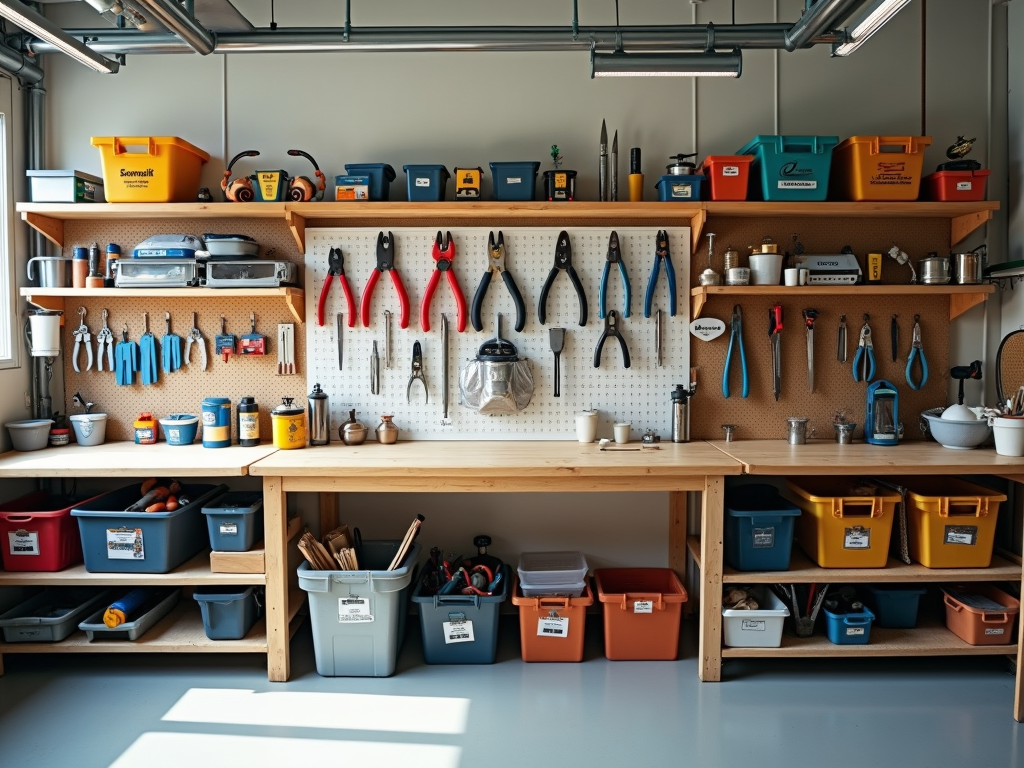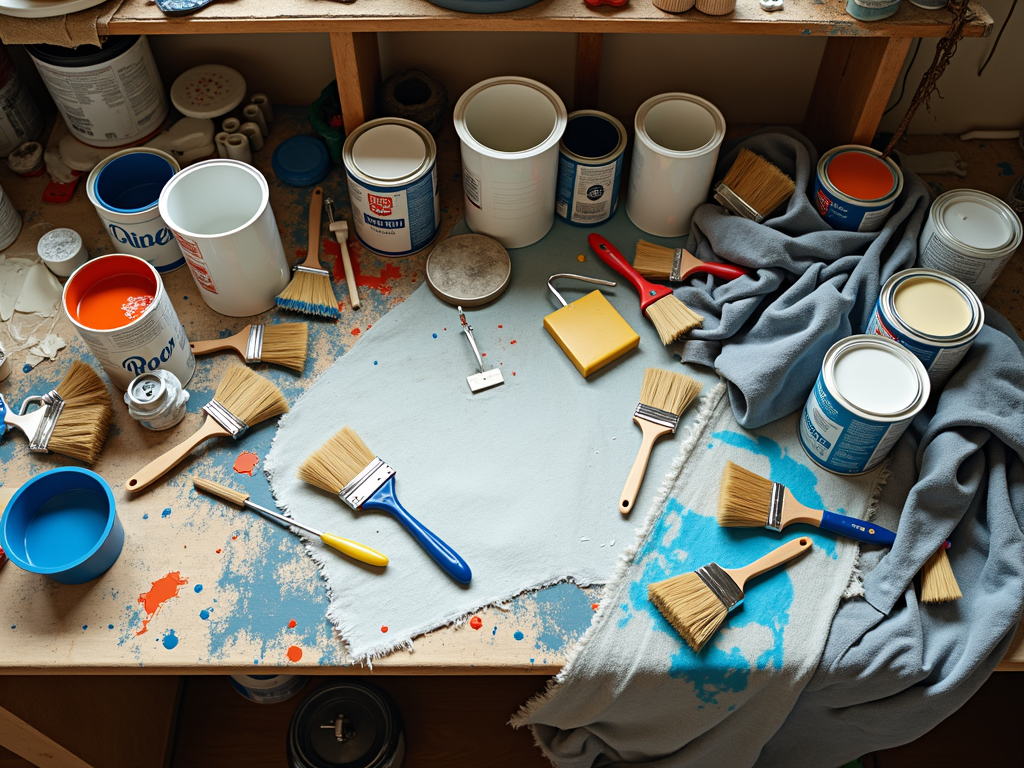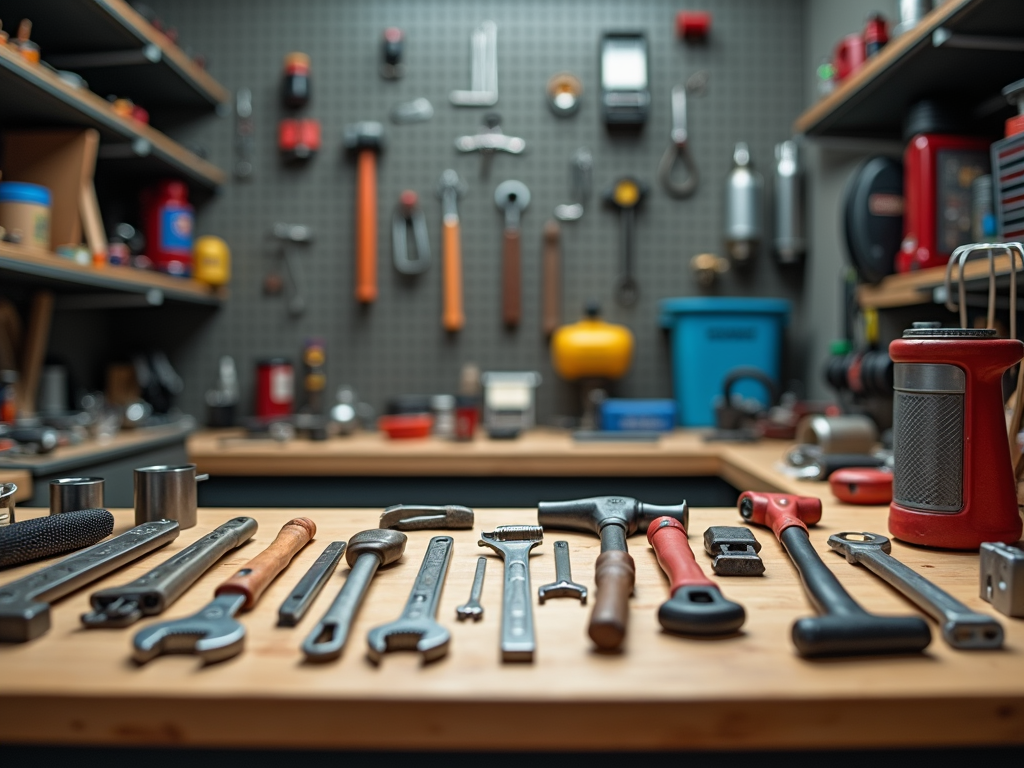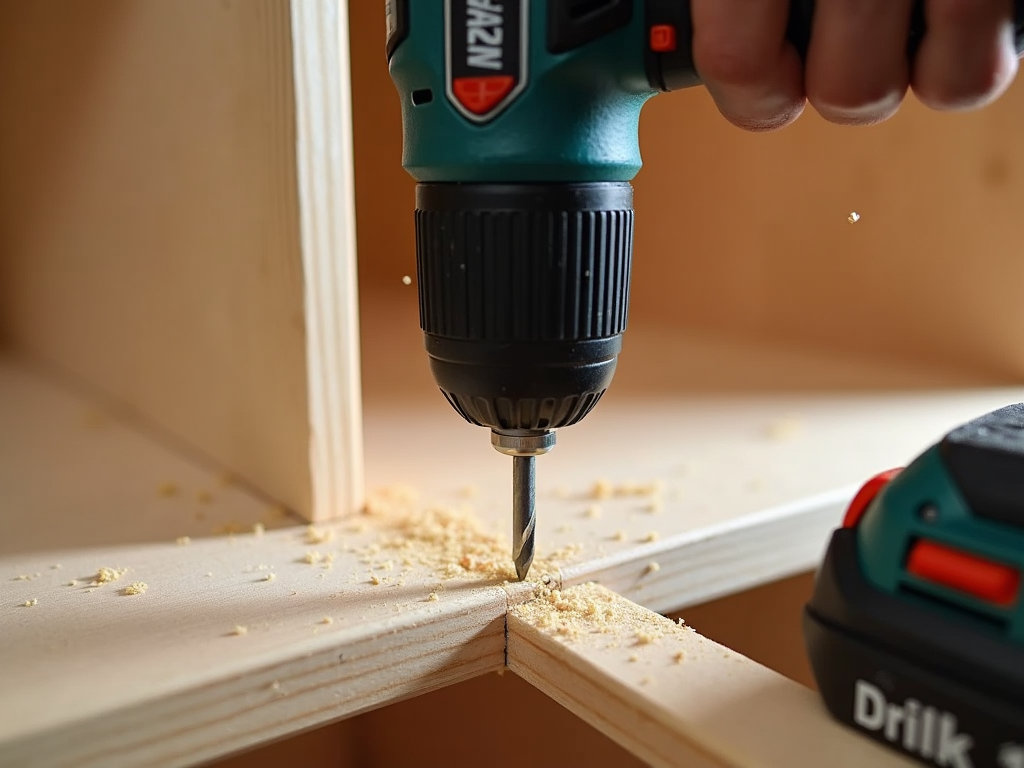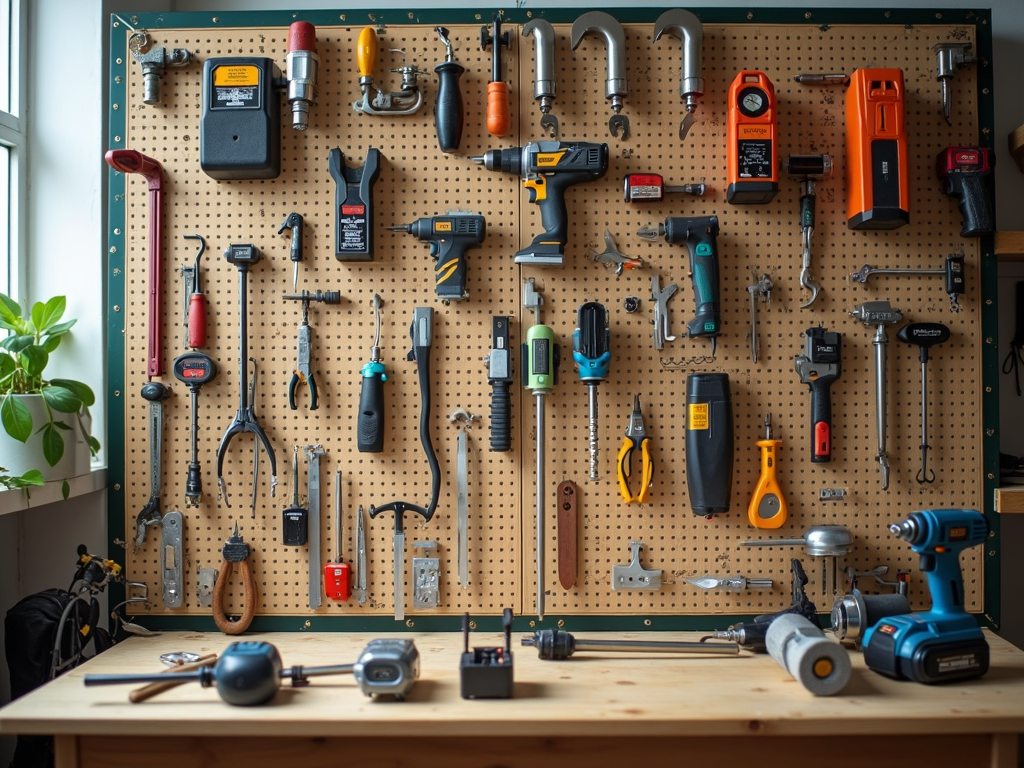Taking care of your hand tools keeps them working well and lasting longer. Whether you’re a DIY beginner or a skilled worker, proper maintenance saves you money and hassle. This guide shares simple, effective ways to maintain your hand tools for longevity, so they’re always ready when you need them.
Why Tool Maintenance Matters
Hand tools are the backbone of many projects, from fixing a leaky faucet to building a bookshelf. Without care, they rust, dull, or break, costing you time and cash to replace them. I’ve learned this the hard way—once, I left a wrench outside overnight, and by morning, rust had already started creeping in. Regular upkeep keeps your tools reliable and efficient.
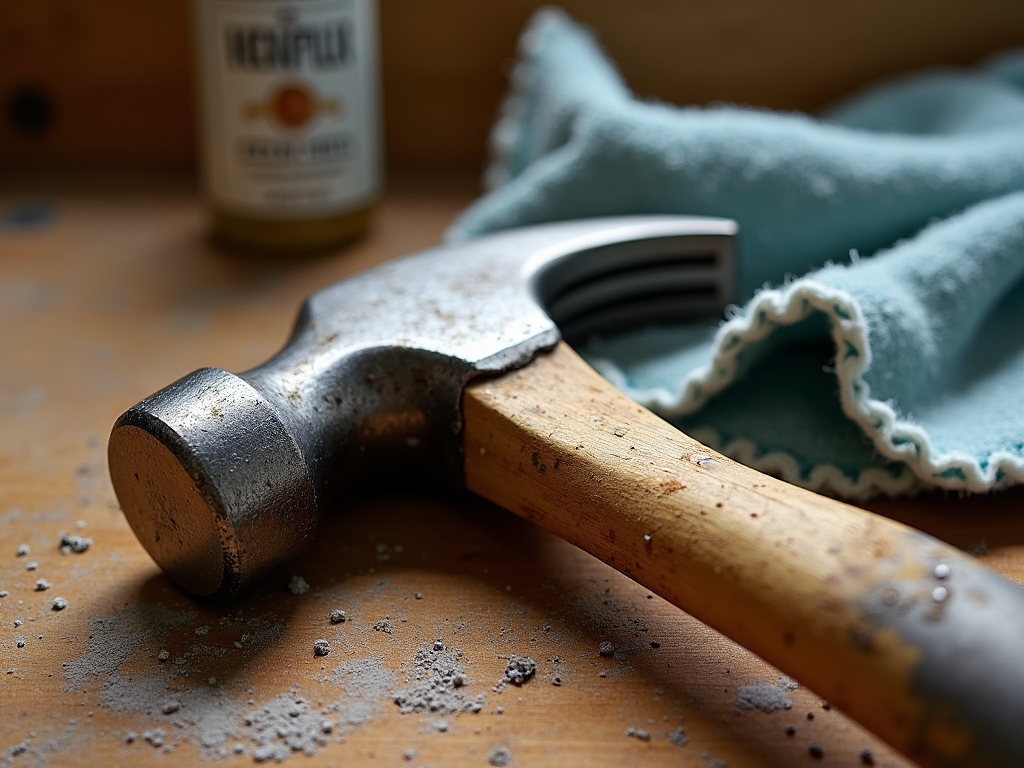
Cleaning Your Hand Tools
Cleaning your tools after every use is a must. Dirt, grease, and sawdust can build up and harm them over time. For metal tools like wrenches or screwdrivers, wipe them down with a dry cloth. If they’re really grimy, use warm water with a bit of dish soap, then dry them right away. I keep a rag handy in my toolbox—it’s a small step that makes a big difference.
For tools with wooden handles, like hammers, give them some love too. Sand off rough spots and rub in a little linseed oil to keep the wood smooth and strong.
Storing Tools the Right Way
Where you keep your tools matters just as much as cleaning them. Moisture is the enemy—rust can form fast in a damp garage. Store your hand tools in a dry spot, like a toolbox or a shelf indoors. I use a pegboard in my workshop to hang tools like pliers and chisels. It keeps them organized and easy to grab.
Here’s a quick storage checklist: - Use a toolbox or rack for organization. - Add silica gel packs to absorb moisture. - Keep sharp tools in covers to protect the edges.
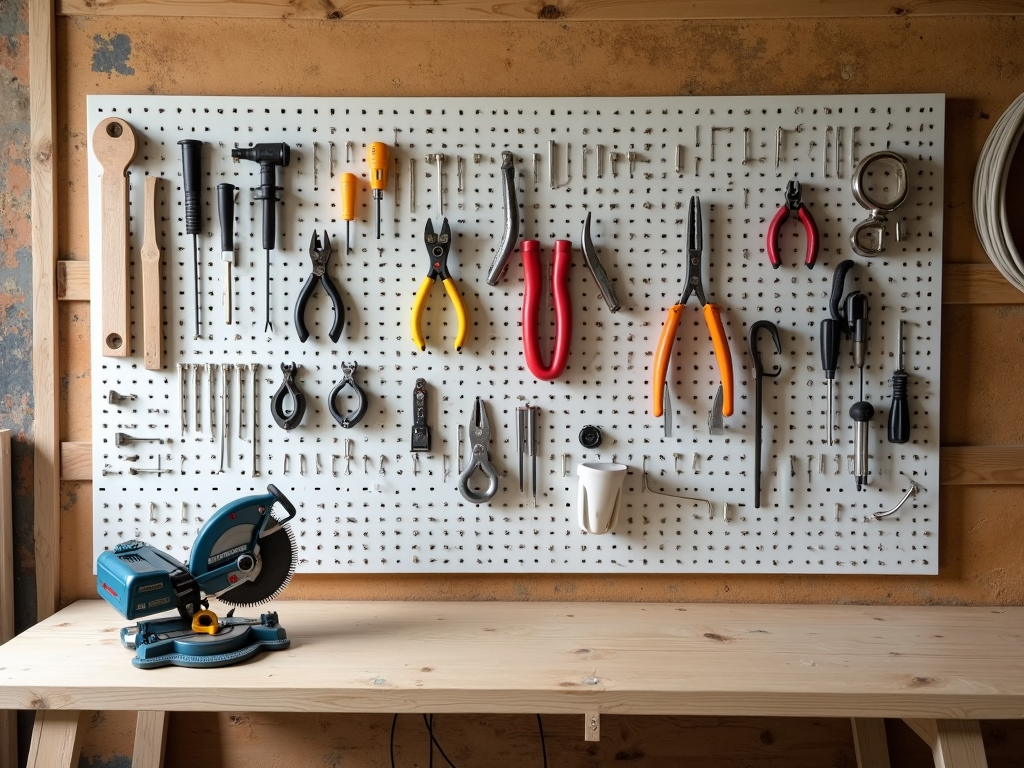
Sharpening for Better Performance
Dull tools are frustrating and unsafe. A sharp chisel or knife cuts cleanly, while a dull one slips and causes accidents. I sharpen my chisels with a basic sharpening stone—it takes practice, but it’s worth it. For beginners tackling DIY maintenance projects, start with a simple whetstone and follow the tool’s angle. Knives might need a sharpening steel instead.
Not sure how to start? Check out a quick video guide from a trusted source like Popular Mechanics. Sharp tools work better and last longer.
Checking Your Tools Regularly
Every few months, take a close look at your tools. Loose screws in a screwdriver handle or a chipped blade in a saw can turn a small job into a big problem. I set a reminder on my phone to inspect my workman tools twice a year. If something’s off, fix it early—tighten a handle or replace a worn part. Keeping a notebook to log these checks helps me stay on top of things.
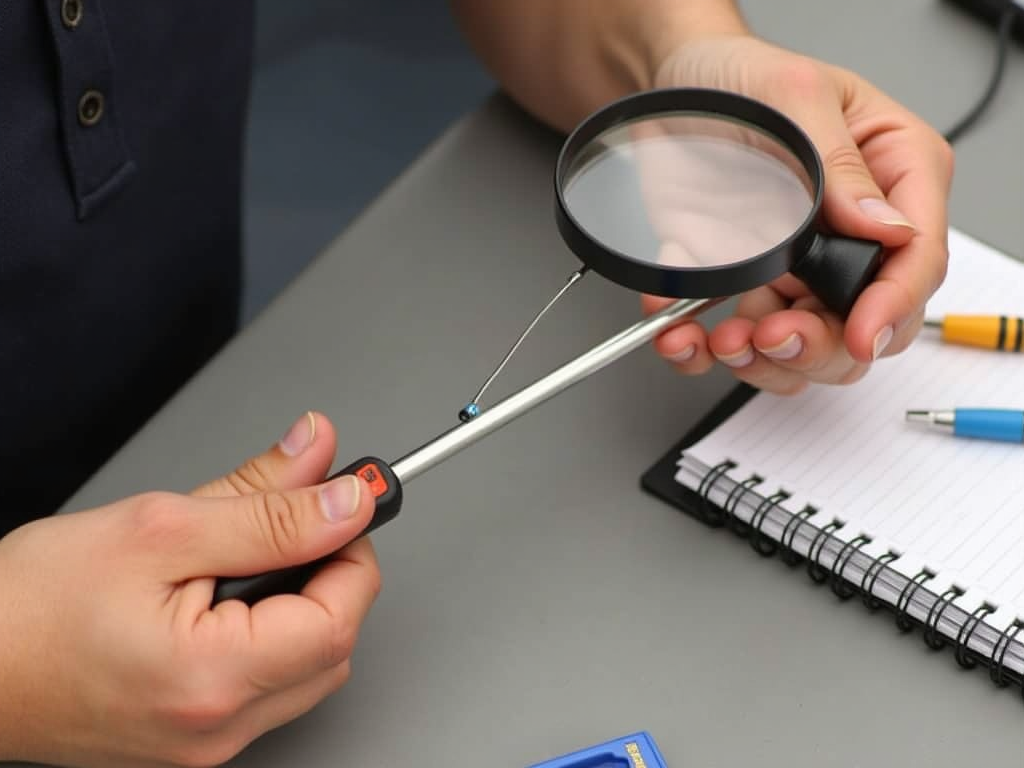
Fixing Minor Damage
Sometimes, tools take a beating. A hammer handle might crack, or a wrench might get a nick. Don’t toss them out—small fixes can save them. I once glued and clamped a split hammer handle, and it’s still going strong. For metal tools with light rust, scrub with steel wool and coat with a thin layer of oil. These hand tools maintenance tips keep your gear in the game.
Protecting Tools from the Elements
Weather can wreck your tools fast. Heat warps wooden handles, and cold makes metal brittle. If you work outside, bring your tools in after each job. I learned this after leaving a saw in my truck bed during a rainstorm—cleaning off the rust took hours. A little effort upfront beats a lot of repair later.
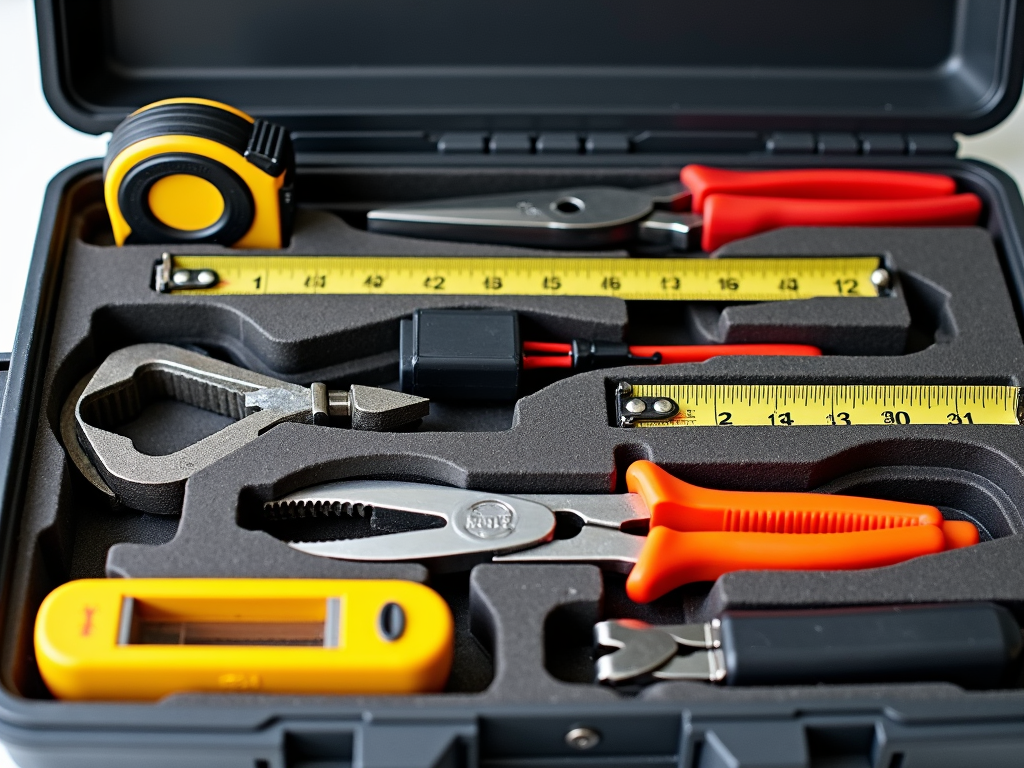
Tips for DIY Beginners
New to DIY maintenance projects for beginners? Start small. Clean your tools after each use and store them properly. Once you’re comfortable, try sharpening a utility knife or oiling a squeaky pair of pliers. It’s all about building habits. My first project was a birdhouse, and keeping my tools in shape made it way easier.
Tool Maintenance Schedule
Consistency is key. Here’s a simple plan to follow:
| Task | Frequency |
|---|---|
| Clean tools | After every use |
| Inspect tools | Every 3-6 months |
| Sharpen blades | As needed |
| Oil wooden parts | Once a year |
Stick to this, and your tools will thank you with years of service.
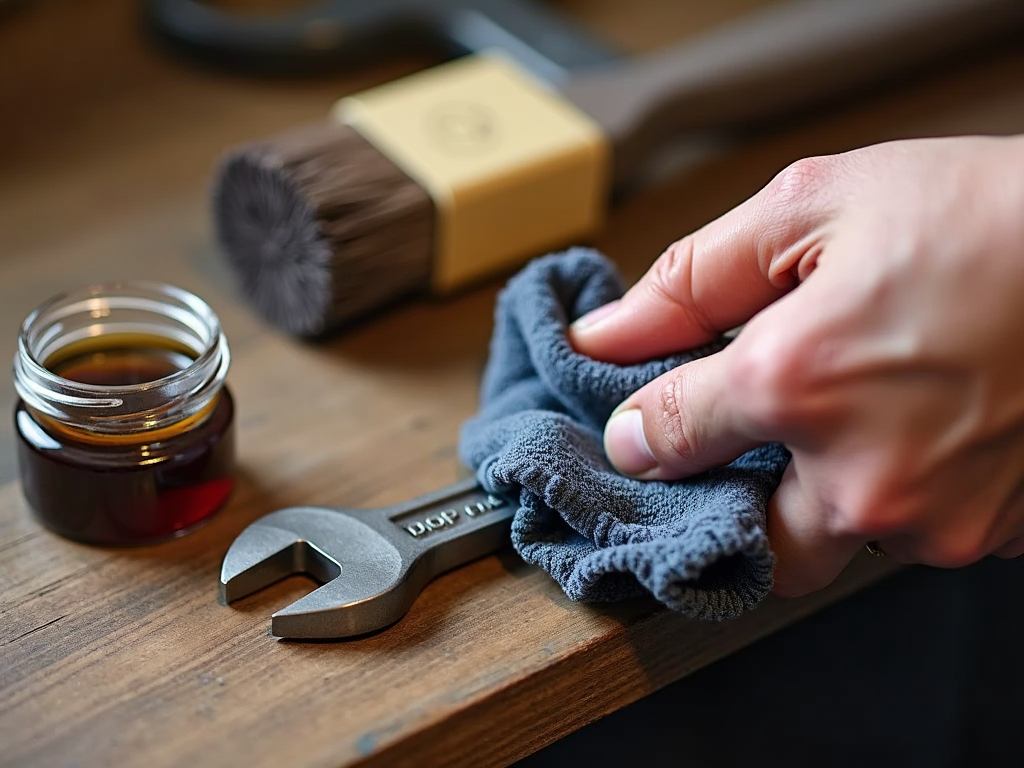
Final Thoughts
Maintaining your hand tools for longevity doesn’t take much—just a little time and attention. Clean them, store them right, sharpen them when needed, and check them now and then. These steps keep your hand tools ready for any job, whether you’re a pro or just starting out with DIY projects. With these hand tools maintenance tips, you’ll enjoy better results and tools that last.
Related How to Maintain Your Hand Tools for Longevity:
- The Best Ratcheting Wrenches for Fast Repairs: A Comprehensive Guide
- How to Organize Your Workshop for Maximum Efficiency
- Tool Maintenance Tips for Longevity: Essential Guide for Workman Tools
- Safety Tips for Using Power Tools: A Comprehensive Guide
- Tablesaws with Advanced Safety Mechanisms: A Comprehensive Guide
- How to Choose the Right Wrench for Your Project
- How to Organize Your Workshop for Maximum Efficiency
- Tool Organization Tips for Painters: Boost Your Efficiency and Creativity
- Essential Tools for Every Workman's Toolbox: A Comprehensive Guide
- Best Power Tools for DIY Beginners
- Mastering Workshop Tool Maintenance: A Pro's Guide to Long-Lasting Gear
- Sustainable Practices in Modern Workshops
